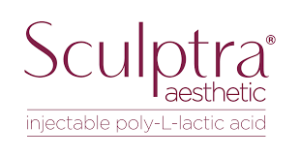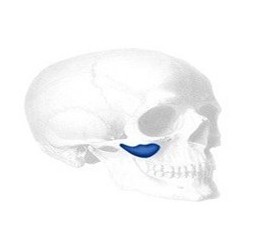Facial lipoatrophy, sometimes referred to as facial wasting, is the loss of fat in the face usually in the cheek and temple areas. It is not necessarily loss of fat in all cases, in some it is simply that it was never there to start. It really represents a failure of adequate development of the buccal fat pad and all its extensions or a loss of this fat pad over time due to aging or certain medications. Facial lipoatrophy presents itself in five degrees of severity from the subtle type I, which usually represents as a mild congenital or natural gauntness to the face to the most severe type 5 which is best illustrated in the HIV patient where total loss of the buccal fat pad occurs due to the antiviral medications.
While a mild type 1 facial lipoatrophy appearance can be quite attractive when one is young (due to the appearance of high cheekbones), ongoing aging in one’s later years creates more of an unhealthy aged appearance. In severe facial lipoastrophy cases of the HIV patient, treatment of this facial appearance helps mask the stigmata of the disease. Various treatment options exist for the treatment of facial lipoatrophy and they can be tailored to how sunken the face appears. Most of the treatment approaches focus on the cheek or midface areas for enhancement or volume addition.


Fat injections, using the patient’s own fat as a donor source, can then be done over the sides of the face where the implants do not create an effect. The entire facial enhancement could be done by fat injections alone but a lot of fat placed is not predictable in terms of survival in all cases. In some cases, I have used a dermal-fat graft placed through either a facelift or nasolabial fold incision. This fat transplant can be very effective if the patient has adequate donor tissue and can tolerate a harvest scar.
While this combined implant and fat grafting approach does not treat all the areas of facial deficiency, it does focus on the most aesthetic area of the midface.
Dr Barry Eppley
Indianapolis, Indiana


